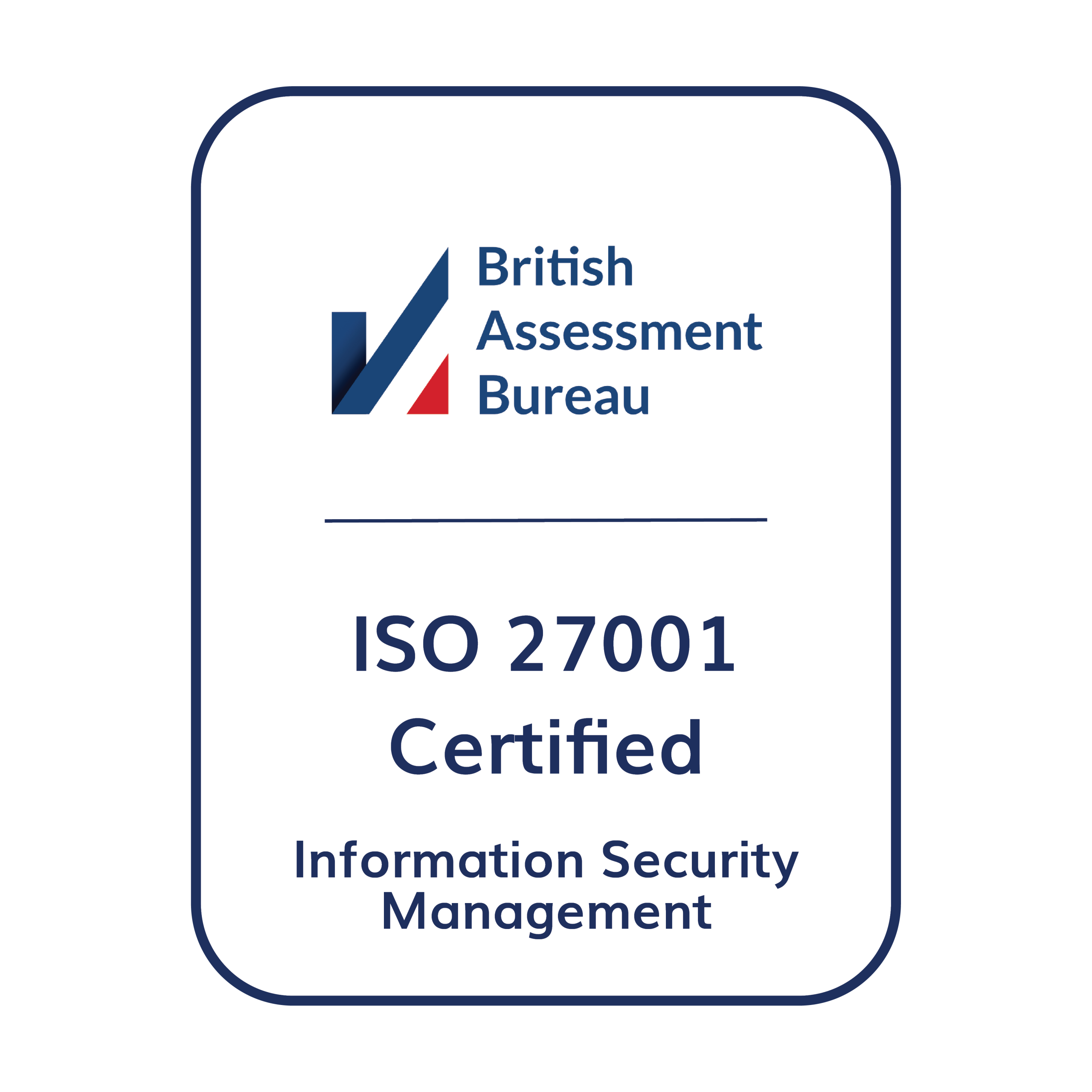The Growing Importance of SaaS Security
As businesses increasingly migrate to cloud-based solutions, the security landscape has fundamentally changed. Software-as-a-Service (SaaS) platforms now form the backbone of modern business operations, from CRM systems and email services to accounting software and collaborative tools. With this shift comes a unique set of security challenges that traditional testing approaches simply cannot address.
According to recent industry reports, over 85% of organisations now use multiple SaaS applications, yet fewer than 40% regularly test these platforms for security vulnerabilities. This disconnect creates significant exposure in an environment where data breaches continue to grow in both frequency and severity.
What Is SaaS Penetration Testing?
SaaS penetration testing is a specialised security assessment that simulates real-world attacks against cloud-based software applications. Unlike traditional penetration testing which focuses primarily on network infrastructure, SaaS pentesting addresses the unique architecture and attack vectors specific to cloud-delivered software.
While automated vulnerability scanning has its place, proper SaaS penetration testing requires skilled security professionals who can think like attackers, identifying vulnerabilities that automated tools might miss. At EJN Labs, we approach SaaS penetration testing as both a technical assessment and a business risk evaluation.
Why SaaS Applications Require Specialised Security Testing
SaaS environments differ significantly from traditional on-premises applications in several critical ways:
Multi-Tenancy Considerations
SaaS applications typically host data from multiple clients on shared infrastructure. This architectural approach creates efficiency but introduces potential security concerns around tenant isolation. A comprehensive penetration test will verify that proper segmentation exists between customer environments and that cross-tenant data access is impossible.
API-First Architecture
Modern SaaS applications are built on extensive API frameworks that facilitate integration with other services. These APIs represent additional attack surfaces that must be thoroughly tested for vulnerabilities such as improper authentication, insufficient rate limiting, and inadequate input validation.

Identity and Access Management Complexity
Most SaaS platforms integrate with various identity providers and authentication systems. This complexity creates potential weak points in areas such as session management, token handling, and permission enforcement. Penetration testing examines these systems for flaws that could allow unauthorised access.
Continuous Deployment Models
Unlike traditional software with predictable release cycles, SaaS platforms typically operate on continuous deployment models where changes are pushed regularly. This velocity makes ongoing security testing essential rather than a one-time exercise.
Key Areas of Focus in SaaS Penetration Testing
A comprehensive SaaS penetration test should examine multiple dimensions of the application’s security posture:
Authentication Mechanisms
Authentication remains the first line of defence against unauthorised access. Testing should evaluate:
- Password policy enforcement
- Multi-factor authentication implementation
- Single sign-on (SSO) integration security
- Session management and timeout controls
- Account recovery procedures
Weak authentication mechanisms remain among the most commonly exploited vulnerabilities in SaaS environments, as outlined in our guide on why businesses need penetration testing.
Authorisation and Access Controls
Beyond authentication, authorisation determines what actions users can perform within a system:
- Role-based access control implementation
- Privilege escalation possibilities
- Horizontal and vertical access control bypasses
- Data access restrictions
API Security Testing
APIs form the backbone of SaaS functionality and integration capabilities:
- Authentication and authorisation mechanisms
- Input validation and sanitisation
- Rate limiting and resource protection
- Business logic flaws
- Data exposure through APIs

Our team utilises specialised tools like Burp Suite for intercepting and manipulating API traffic during testing, allowing us to identify vulnerabilities that automated scanners often miss.
Data Protection Measures
Data security encompasses several critical areas:
- Encryption in transit (TLS/HTTPS implementation)
- Encryption at rest (database and file storage)
- Data leakage through error messages
- Insecure direct object references
- Cross-site scripting (XSS) vulnerabilities
Injection Vulnerabilities
Various injection attacks remain prevalent in SaaS environments:
- SQL injection, which we detect using tools like SQLMap
- NoSQL injection in modern database architectures
- Command injection in backend processing
- LDAP injection in directory services
Common Vulnerabilities in SaaS Environments
Our penetration testing regularly uncovers several recurring vulnerability patterns in SaaS applications:
Insufficient Input Validation
Many SaaS applications fail to properly validate user inputs across all entry points, creating opportunities for injection attacks and data manipulation. Thorough penetration testing examines every input parameter for proper validation.
Broken Authentication and Session Management
Authentication bypasses, weak password requirements, insecure credential storage, and improper session handling frequently create pathways for unauthorised access to SaaS platforms.
Insecure Direct Object References
When SaaS applications fail to verify access permissions for each request, attackers can often manipulate references to access unauthorised data, a vulnerability that proper penetration testing can readily identify.
Cross-Site Scripting (XSS)
XSS vulnerabilities remain prevalent in SaaS applications, allowing attackers to inject malicious scripts that execute in users’ browsers. These vulnerabilities can lead to session hijacking and credential theft.
Misconfigured Cloud Services
Many SaaS security breaches stem not from code vulnerabilities but from misconfigured cloud infrastructure, such as inappropriate access controls on storage buckets or excessive IAM permissions.

Benefits of Regular SaaS Penetration Testing
Implementing regular penetration testing for your SaaS environment provides multiple business benefits:
Reduced Security Incidents
Proactive identification and remediation of vulnerabilities dramatically reduces the likelihood of successful attacks, minimising both direct costs and reputational damage from security breaches.
Compliance Assurance
Many regulatory frameworks explicitly require regular security testing. For organisations in regulated industries, penetration testing helps satisfy compliance requirements for standards such as GDPR, PCI DSS, and ISO 27001.
Improved Security Posture
Beyond identifying specific vulnerabilities, comprehensive penetration testing provides insights into systemic security weaknesses, allowing organisations to strengthen their overall security architecture.
Customer Confidence
For SaaS providers, demonstrating commitment to security through regular penetration testing builds customer trust and can serve as a competitive differentiator in an increasingly security-conscious marketplace.
Preparing for a SaaS Penetration Test
To maximise the value of your penetration testing engagement:
- Define clear objectives and scope for the assessment, including which components of the SaaS environment should be tested
- Gather documentation on the application architecture, API specifications, and known security controls
- Establish testing windows that minimise disruption to production systems while ensuring realistic test conditions
- Prepare your team to respond to findings and implement remediation measures
- Consider a combined approach using both automated scanning and manual testing techniques
Beyond the Test: Building a Security-First SaaS Culture
While penetration testing is essential, lasting security requires a broader organisational commitment. Consider these additional measures:
- Implement secure development practices and training
- Establish a vulnerability disclosure policy
- Deploy continuous security monitoring
- Develop an incident response plan
- Consider a bug bounty programme
Conclusion
As SaaS adoption continues to accelerate, the security implications for modern businesses cannot be overstated. Regular, comprehensive penetration testing forms a critical component of any effective security strategy for organisations that rely on SaaS applications.
At EJN Labs, we specialise in delivering thorough, actionable penetration testing for SaaS environments. Our approach combines technical expertise with business context to identify vulnerabilities that matter most to your organisation.
For more information on how penetration testing can strengthen your security posture, explore our detailed guide on what penetration testing involves or contact our team to discuss your specific requirements.











Leave a Reply